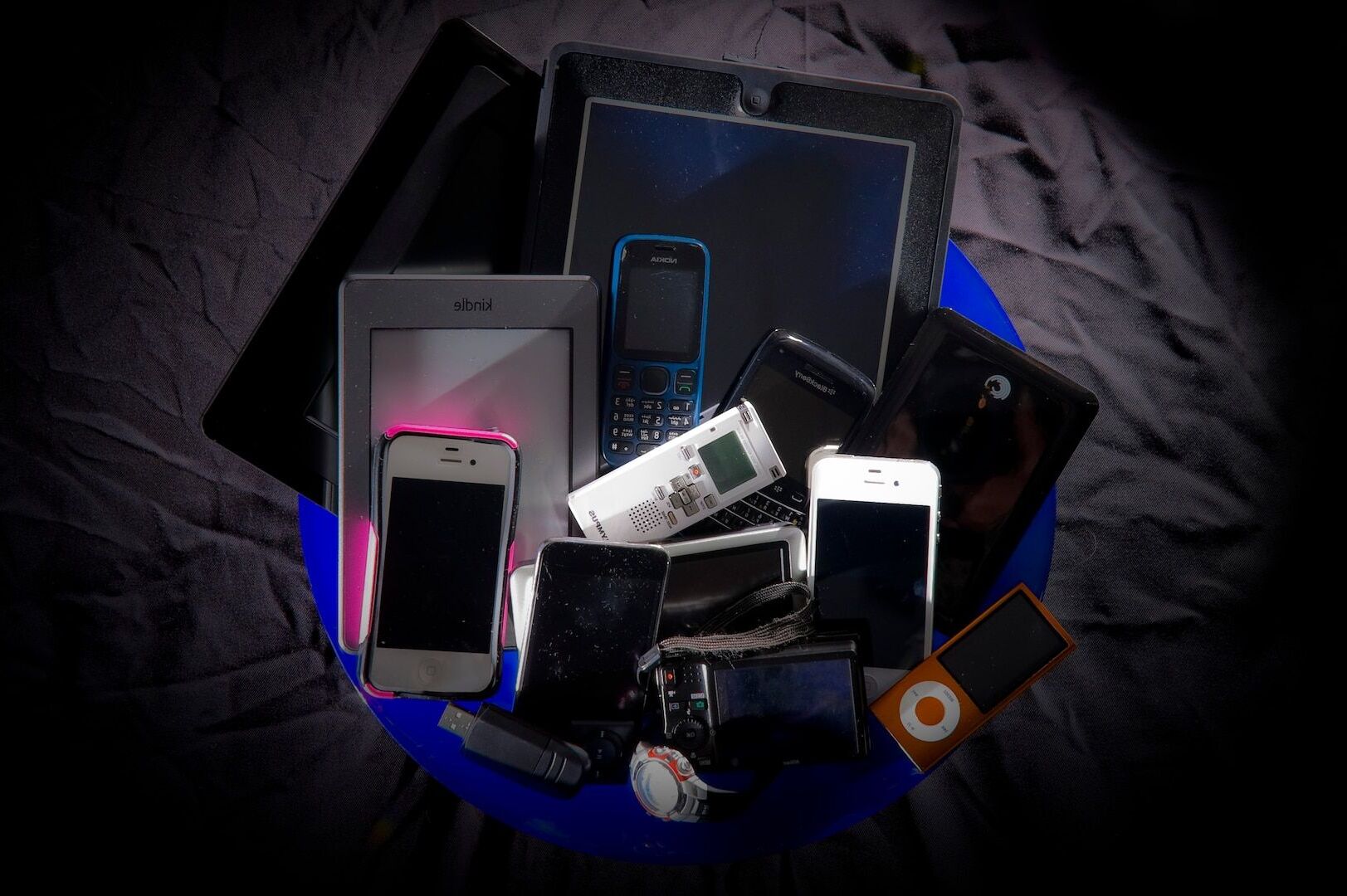
Portable devices have become essential in our daily lives, offering convenience and connectivity on the go. From smartphones to tablets, these gadgets keep us connected, entertained, and productive. But how much do you really know about these tech marvels? Did you know that the first portable computer weighed a whopping 24 pounds? Or that your smartphone has more computing power than the computers used for the Apollo 11 moon landing? In this post, we’ll dive into 28 fascinating facts about portable devices that will surprise and enlighten you. Whether you’re a tech enthusiast or just curious, these tidbits will give you a new appreciation for the gadgets you use every day.
Key Takeaways:
- Portable devices have evolved from bulky gadgets to sleek, multifunctional tools, changing how we live, work, and play. From the first portable computer in 1981 to the modern-day smartphones, these devices have revolutionized our daily lives.
- Smartphones, tablets, wearable technology, e-readers, portable gaming, and audio devices have all played a significant role in shaping the portable device landscape, making it easier for people to stay connected, entertained, and informed on the go.
The Evolution of Portable Devices
Portable devices have come a long way since their inception. From bulky gadgets to sleek, multifunctional tools, these devices have revolutionized how we live, work, and play.
- The first portable computer, the Osborne 1, was released in 1981. It weighed 24.5 pounds and had a 5-inch screen.
- Apple's iPod, launched in 2001, changed the music industry by allowing users to carry thousands of songs in their pockets.
- The first mobile phone call was made in 1973 by Martin Cooper, a Motorola executive.
- Laptops outsold desktops for the first time in 2008, marking a significant shift in consumer preferences.
Smartphones: The Game Changers
Smartphones have become an essential part of daily life. They combine multiple functions into one compact device, making them indispensable.
- The first smartphone, IBM Simon, was introduced in 1994. It featured a touchscreen, email capability, and a calendar.
- Apple's iPhone, launched in 2007, set the standard for modern smartphones with its sleek design and user-friendly interface.
- Over 3.8 billion people worldwide use smartphones, making them one of the most popular devices ever.
- The average person checks their smartphone 96 times a day, highlighting our dependence on these devices.
Tablets: Bridging the Gap
Tablets offer a middle ground between smartphones and laptops, providing a larger screen and more functionality without sacrificing portability.
- The first tablet computer, the GRiDPad, was released in 1989. It was primarily used by businesses for data entry.
- Apple's iPad, launched in 2010, popularized tablets and created a new market segment.
- Tablets are often used in education, with many schools adopting them for digital learning.
- The global tablet market is expected to reach $60 billion by 2025, showing their continued relevance.
Wearable Technology: The Next Frontier
Wearable devices like smartwatches and fitness trackers have added a new dimension to portable technology, focusing on health and convenience.
- The first smartwatch, the Pulsar Time Computer, was released in 1972. It had a digital display and cost $2,100.
- Fitbit, launched in 2009, popularized fitness trackers by making health monitoring accessible to the masses.
- Apple's Apple Watch, introduced in 2015, brought smartwatches into the mainstream with its wide range of features.
- Wearable technology is expected to grow to $54 billion by 2023, driven by advancements in health monitoring.
E-Readers: Revolutionizing Reading
E-readers have transformed how we consume books, making it easier to carry and read multiple titles on the go.
- The first e-reader, the Sony Data Discman, was released in 1992. It could read e-books stored on CDs.
- Amazon's Kindle, launched in 2007, revolutionized the e-reader market with its e-ink display and vast library of available titles.
- E-readers are popular among travelers, as they allow users to carry thousands of books in a single device.
- The global e-reader market is projected to reach $23 billion by 2026, indicating sustained interest in digital reading.
Portable Gaming: Fun on the Go
Portable gaming devices have made it possible to enjoy video games anywhere, anytime.
- The first portable gaming console, the Milton Bradley Microvision, was released in 1979. It had interchangeable cartridges for different games.
- Nintendo's Game Boy, launched in 1989, became a cultural phenomenon and sold over 118 million units worldwide.
- Sony's PlayStation Portable (PSP), released in 2004, brought console-quality gaming to a handheld device.
- The Nintendo Switch, introduced in 2017, combines home console and portable gaming, offering versatility for gamers.
Portable Audio: Music Everywhere
Portable audio devices have made it easy to enjoy music on the go, from cassette players to wireless earbuds.
- The Sony Walkman, released in 1979, was the first portable cassette player and changed how people listened to music.
- Apple's iPod, launched in 2001, allowed users to carry thousands of songs in their pockets and revolutionized the music industry.
- Wireless earbuds, like Apple's AirPods, have become increasingly popular for their convenience and sound quality.
- The portable audio market is expected to reach $45 billion by 2027, driven by advancements in wireless technology.
The Future of Portable Devices
Portable devices have changed how we live, work, and play. From smartphones to tablets, these gadgets keep us connected and entertained. They’ve become essential tools for communication, learning, and even health monitoring. The rapid advancements in technology mean these devices will only get smarter, faster, and more integrated into our daily lives.
Battery life, processing power, and connectivity are areas where we’ll see significant improvements. Innovations like foldable screens and augmented reality will open new possibilities. As these devices evolve, they’ll continue to shape our world in ways we can’t yet imagine.
Staying informed about these trends helps us make better choices and stay ahead in this fast-paced digital age. Portable devices aren’t just gadgets; they’re gateways to a more connected and efficient future. Keep an eye on these developments—they’re bound to surprise and delight us all.
Frequently Asked Questions
Was this page helpful?
Our commitment to delivering trustworthy and engaging content is at the heart of what we do. Each fact on our site is contributed by real users like you, bringing a wealth of diverse insights and information. To ensure the highest standards of accuracy and reliability, our dedicated editors meticulously review each submission. This process guarantees that the facts we share are not only fascinating but also credible. Trust in our commitment to quality and authenticity as you explore and learn with us.


